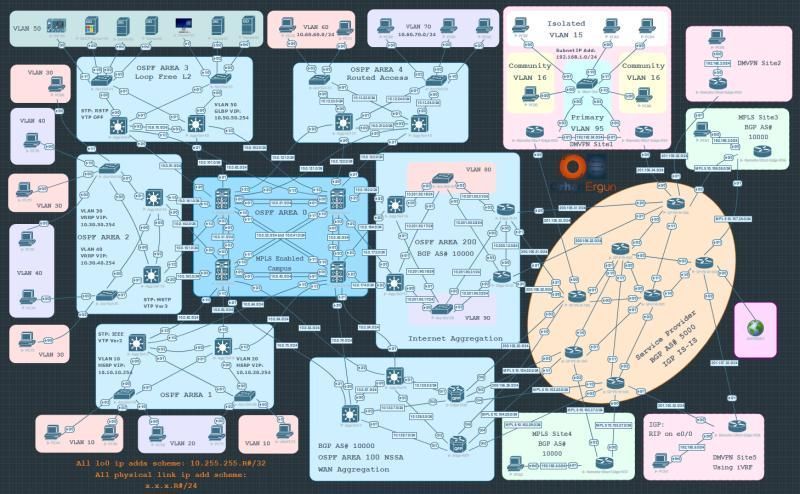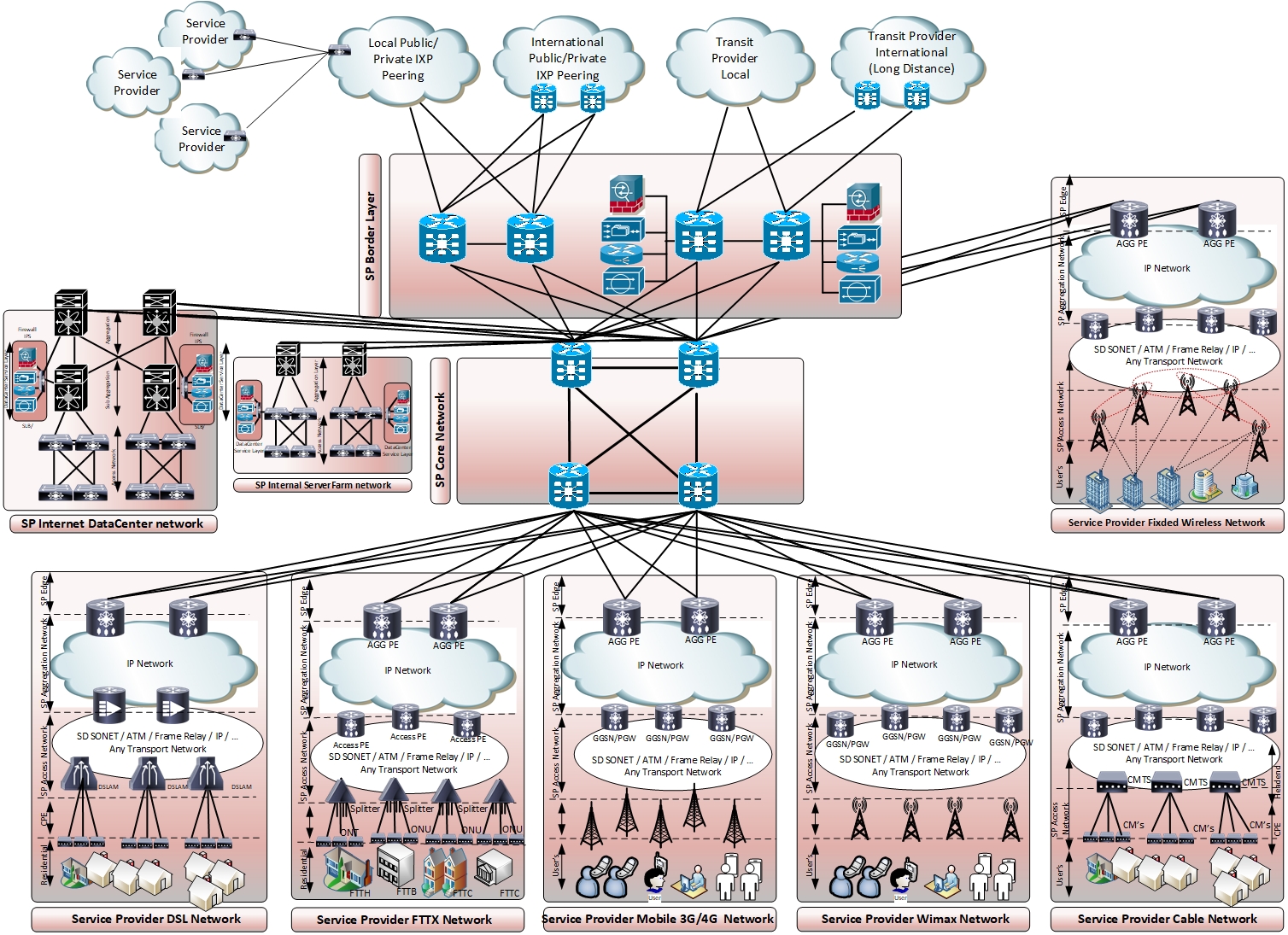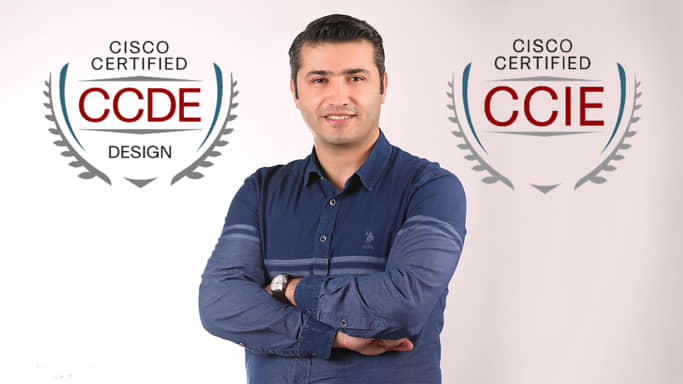Related Courses
Enhance your knowledge with these recommended courses

Cisco CCDE v3.1 Practical/Lab and Written Training by Orhan Ergun
Best Cisco CCDE Course ever! It is based on v3.1 right now!

Service Provider Training
Service Provider Training offers a variety of training courses to help you learn and grow your skillset. From introductory to advanced and available as self-paced.
Become an Instructor
Share your knowledge and expertise. Join our community of instructors and help others learn.
Apply Now
About the Author
OrhanErgun
He created OrhanErgun.Net 10 years ago and has been serving the IT industry with his renowned and awarded training.
Wrote many books, mostly on Network Design, joined many IETF RFCs, gave Public talks at many Forums, and mentored thousands of his students.
Today, with his carefully selected instructors, OrhanErgun.Net is providing IT courses to tens of thousands of IT engineers.
Share this Article
Subscribe for Exclusive Deals & Promotions
Stay informed about special discounts, limited-time offers, and promotional campaigns. Be the first to know when we launch new deals!